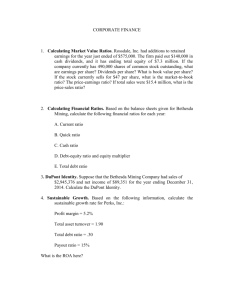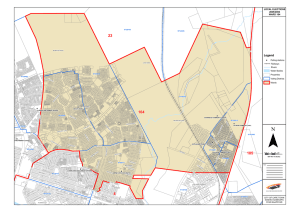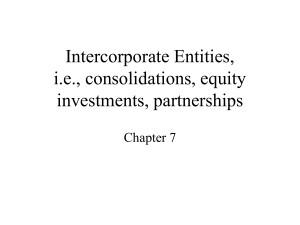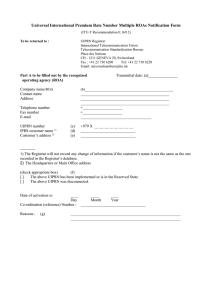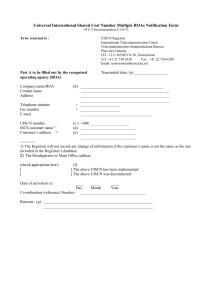Another Look at the DuPont Model Phil Kenkel Bill Fitzwater Cooperative Chair
advertisement
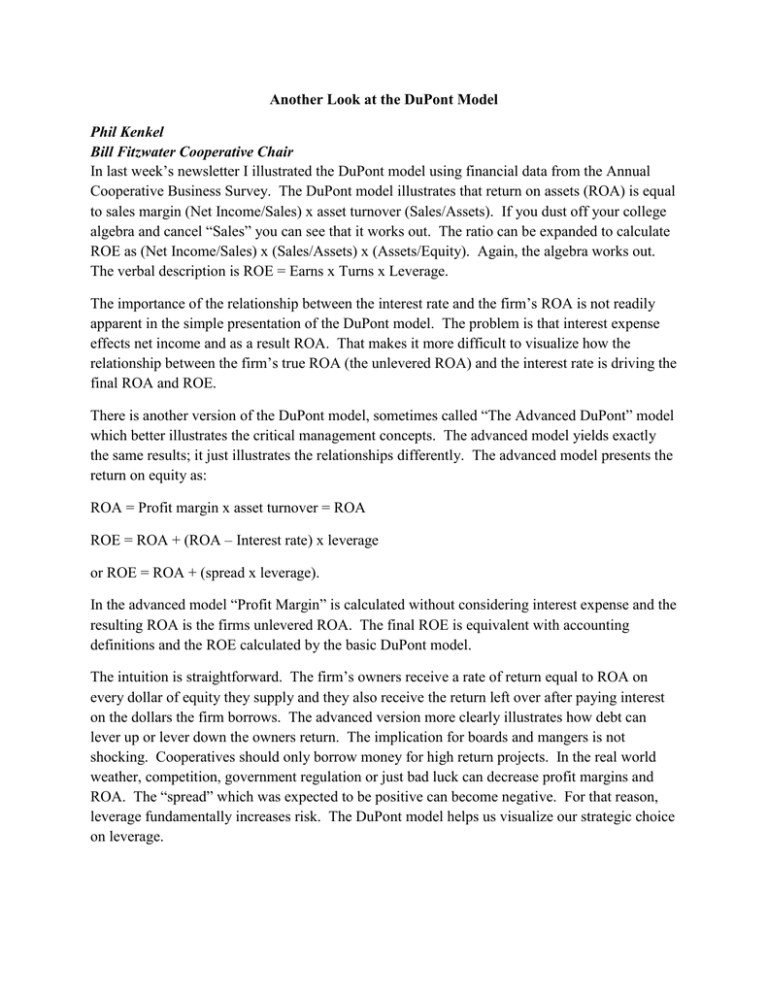
Another Look at the DuPont Model Phil Kenkel Bill Fitzwater Cooperative Chair In last week’s newsletter I illustrated the DuPont model using financial data from the Annual Cooperative Business Survey. The DuPont model illustrates that return on assets (ROA) is equal to sales margin (Net Income/Sales) x asset turnover (Sales/Assets). If you dust off your college algebra and cancel “Sales” you can see that it works out. The ratio can be expanded to calculate ROE as (Net Income/Sales) x (Sales/Assets) x (Assets/Equity). Again, the algebra works out. The verbal description is ROE = Earns x Turns x Leverage. The importance of the relationship between the interest rate and the firm’s ROA is not readily apparent in the simple presentation of the DuPont model. The problem is that interest expense effects net income and as a result ROA. That makes it more difficult to visualize how the relationship between the firm’s true ROA (the unlevered ROA) and the interest rate is driving the final ROA and ROE. There is another version of the DuPont model, sometimes called “The Advanced DuPont” model which better illustrates the critical management concepts. The advanced model yields exactly the same results; it just illustrates the relationships differently. The advanced model presents the return on equity as: ROA = Profit margin x asset turnover = ROA ROE = ROA + (ROA – Interest rate) x leverage or ROE = ROA + (spread x leverage). In the advanced model “Profit Margin” is calculated without considering interest expense and the resulting ROA is the firms unlevered ROA. The final ROE is equivalent with accounting definitions and the ROE calculated by the basic DuPont model. The intuition is straightforward. The firm’s owners receive a rate of return equal to ROA on every dollar of equity they supply and they also receive the return left over after paying interest on the dollars the firm borrows. The advanced version more clearly illustrates how debt can lever up or lever down the owners return. The implication for boards and mangers is not shocking. Cooperatives should only borrow money for high return projects. In the real world weather, competition, government regulation or just bad luck can decrease profit margins and ROA. The “spread” which was expected to be positive can become negative. For that reason, leverage fundamentally increases risk. The DuPont model helps us visualize our strategic choice on leverage.
